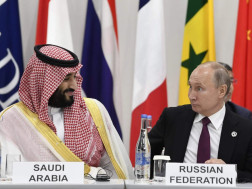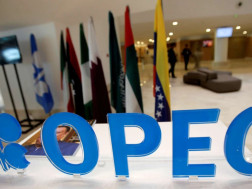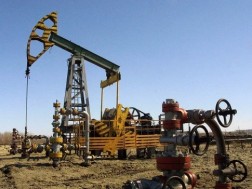Oil prices rose on Friday with extended voluntary output cuts from Saudi Arabia and Russia, offsetting earlier losses due to the downgrade of the US' long-term credit rating.
International benchmark Brent crude traded at $85.36 per barrel at 10.16 a.m. local time (0716 GMT), a 0.26% gain from the closing price on Thursday of $85.14 per barrel.
The American benchmark West Texas Intermediate (WTI) traded at the same time at $81.81 per barrel, up 0.32% from the session close of $81.55 per barrel on Thursday.
Both benchmarks fell during intraday trading over investor demand jitters as the Fitch rating agency downgraded the US' long-term credit rating.
However, prices rebounded as supply woes intensified after Saudi Arabia and Russia announced plans to extend existing supply curbs.
The pledged production reduction is an extension of the country’s existing 1 million barrels per day (bpd) and "can be extended or extended and deepened", according to a Saudi energy ministry source cited by Saudi state agency SPA.
With the latest production cut, the total production of one of the world’s largest exporters of crude oil will be approximately 9 million bpd in September.
This came just minutes before Russia’s announcement to cut oil exports by 300,000 bpd in September "as part of efforts to ensure market stability", Deputy Prime Minister Alexander Novak said.
The new cuts were additions to the OPEC+ group’s already-existing output cap of around 2 million bpd announced in October 2022 and 1.6 million bpd announced in May.
The Saudi-Russia cutbacks are "exacerbated by lower supply growth in other regions," according to Daniel Hynes, a commodity strategist at Australia and New Zealand Banking Group.
Hynes recalled that US shale oil output is likely to fall amid the steady decline in drilling activity in the country.
Investors will be monitoring the OPEC+ group’s meeting later on Friday, however, the group is mostly expected to roll over its current production policy, AA reports.























